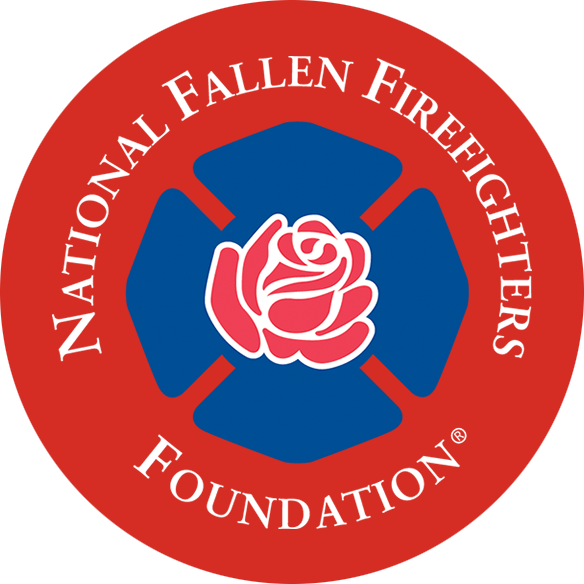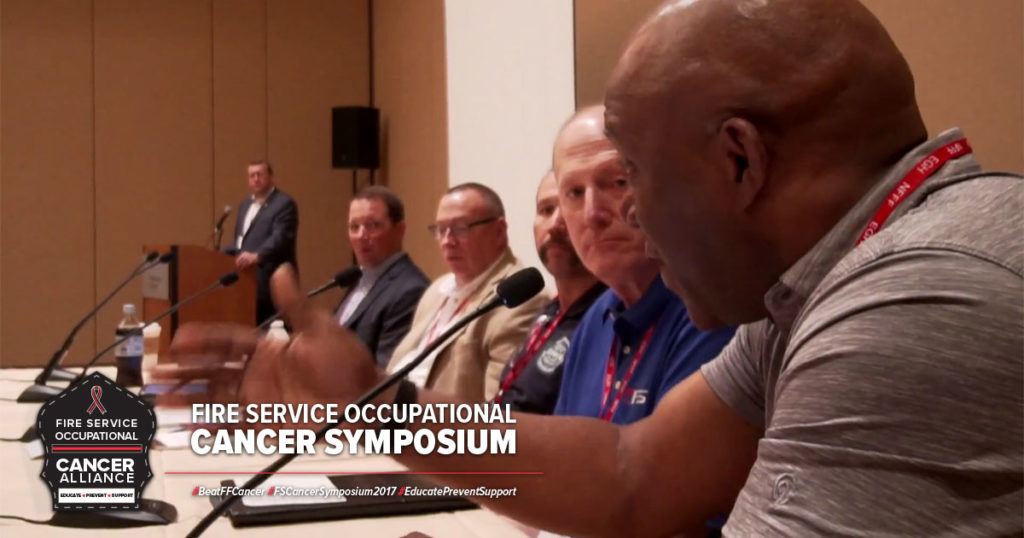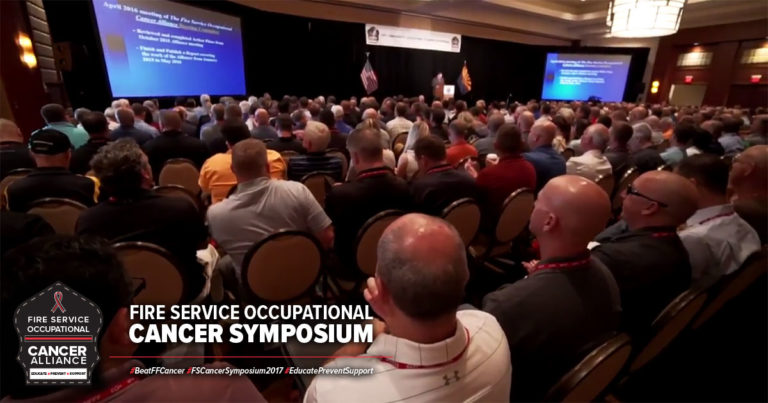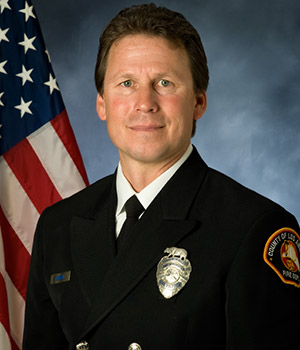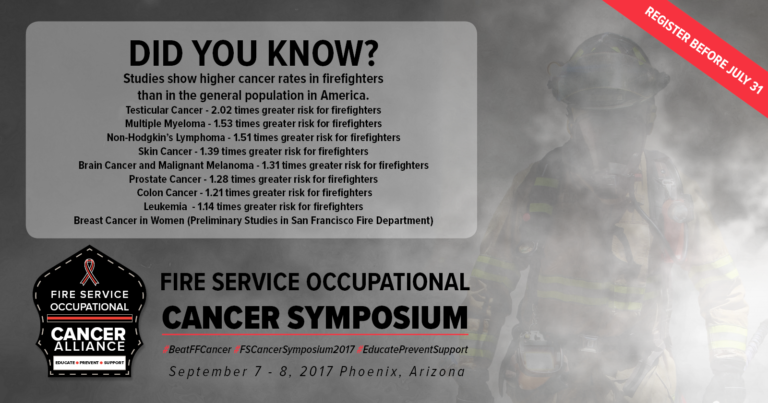Personal accountability, situational awareness, education and strong leadership are familiar concepts in the fire service for reducing line-of-duty deaths. On the second day of the Fire Service Occupational Cancer Symposium, these same themes recurred during presentations, workshops and discussions for preventing the incidence of cancer among firefighters.
Since 1990, the Boston Fire Department has experienced 199 cancer-related deaths, Fire Commissioner Joseph E. Finn told the audience. In May of this year, three more firefighters were diagnosed with the disease and he approved presumptive disability claims for five others due to their cancer. Adopting a proactive approach to preventing cancer has become his mission.
“I hit them on the personal accountability level. Our lieutenants, captains and chiefs aren’t baby sitters. This job comes with a level of personal responsibility,” he explained. “Just because the guy next to you isn’t wearing his mask doesn’t mean you shouldn’t. You need to think about your loved ones – wife, husband, children, boyfriend or girlfriend – before you take that mask off.”
Deputy Chief Bryan Frieders, of the Pasadena (CA) Fire Department and President of the Firefighter Cancer Support Network, called on attendees to take a stand against improper practices and unhealthy behaviors when they see it, from diesel exhaust capture systems that aren’t connected to using tobacco products.
“It’s time to get comfortable with being uncomfortable,” said Frieders. “This is a leadership issue from the rookie firefighter all the way to the seasoned chief. It takes every single person to be part of this, to make the coalition stand. We will not tolerate this bad behavior, this indiscretion that we know is killing us. Are you ready for that?”
Understanding the unique dangers of fuel loads that occur in modern fires can help firefighters take precautions against toxic exposures. Dan Madrzykowski, a research engineer with UL Firefighter Safety Research Institute, illustrated the stark contrasts between fires in homes of today and those of 30 years ago. The polystyrene and other synthetic materials used in everything from furniture stuffing and upholstery to tables and cement board burns far faster, hotter and produces more toxic vapors than the wooden furniture with cotton and wool upholstery.
In side-by-side videos of burning traditional and contemporary couches, Madrzykowski noted that the contemporary couch began to drip and puddle within minutes of ignition. “If this were on a highway, we’d call for HAZMAT but because it’s in a house it’s what we expect,” he said.
While furnishings, fabrics and building materials and designs aren’t going to change, knowing strategies for how to battle these fires, as well as steps to take to decontaminate afterwards, can help reduce exposure to carcinogens.
Chief Charles Hood, of the San Antonio Fire Department, shared some of his personal experiences about the deaths due to cancer of three firefighters from his department, as well as the cancer-related deaths of many others from his days with Phoenix Fire Department.
“Cancer is something we must take personally,” he said. “As a fire chief, I don’t have a lot of control over what happens when my members get sick. What I can do is love those family members who have lost their firefighter.”
His call to action to everyone attending the symposium was clear: “It is up to you to walk out of this room and take this passion back with you to make things better. We have a long way to go, but the cup is half full because of your commitment.”
Related:
[display-posts category=”cancer-symposium-2017″ posts_per_page=”100″ wrapper=”ul”]
